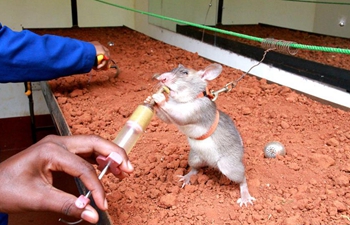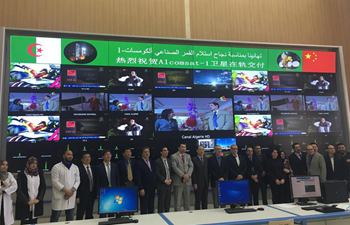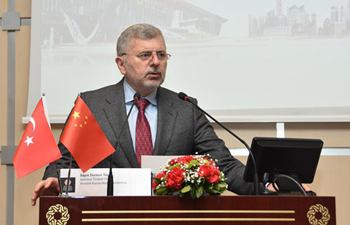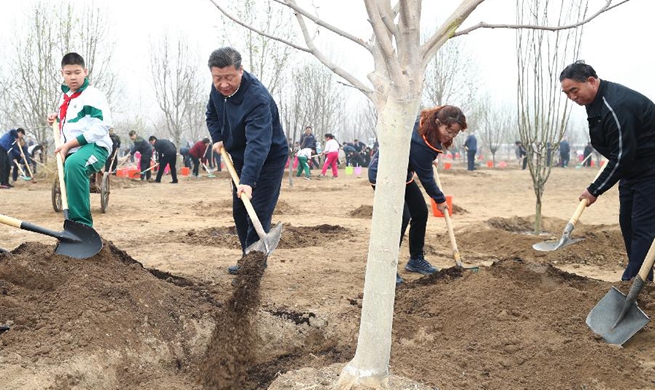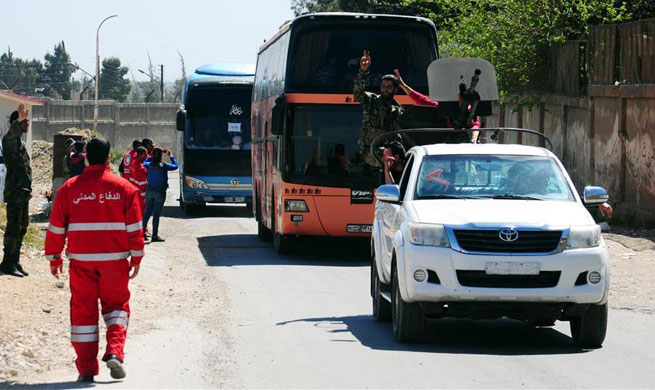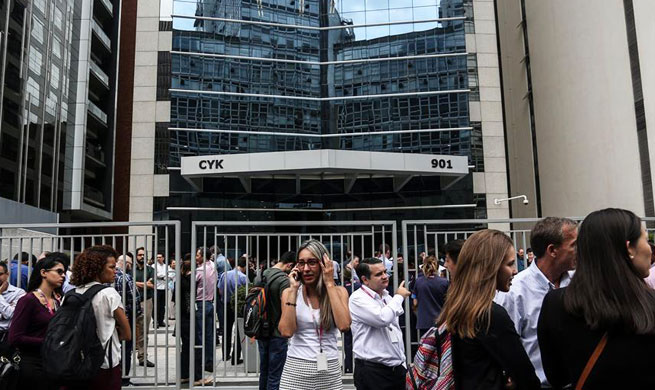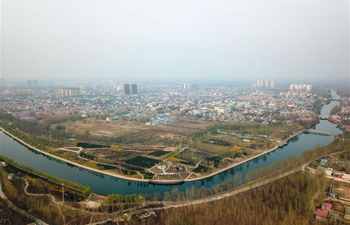VIENTIANE, April 3 (Xinhua) -- According to the latest report from the ruling Lao People's Revolutionary Party's Inspection Committee, the committee in 2017 investigated 146 cases of corruption with 994 people found to be involved in dishonest behavior, of whom 908 were government officials.
The report also found more than one trillion kip (some 120 million U.S. dollars) was embezzled last year through the improper implementation of development projects when various laws were violated.
Further investigations are being conducted into 420 people with administrative measures being taken against 414. Now 84 of these individuals are being prosecuted with case briefs concerning 62 people submitted to public prosecutors. The court has handed down 14 sentences so far, local daily Vientiane Times reported on Tuesday.
Vice President of the committee, Soukkhamphet Heuangboutsy, highlighted the challenges that Laos faces in tackling corruption and preventing dishonest officials from committing additional crimes.
"One of the biggest concerns for us is that many senior officials operate from a position of autocracy, which means they readily abuse their power, embezzle State property, and engage in nepotism by favoring their family members," the daily quoted him as saying.
"In addition, many senior officials ignore their duty to work at the grassroots level and help people to alleviate their poverty. Many of them have failed to serve as role models for the younger generation while many abuse their position of power for their own gain."
The Lao anti-corruption authorities usually carry out investigations based on the findings of the State Audit Organization, while also carry out urgent inspections based on information provided by members of the public and officials.
Given that corruption is the cause of huge losses for the country, this year inspection authorities plan to turn their attention to sectors that are reportedly high risk areas for embezzlement.
These include tax and customs departments, offices responsible for revenue collection and expenditure, infrastructure projects, land use management and the excavation of natural resources.
Other areas that run a high risk of corruption include the procurement of state-funded investment projects, recruitment of new state employees, and state administration, the newspaper reported.




